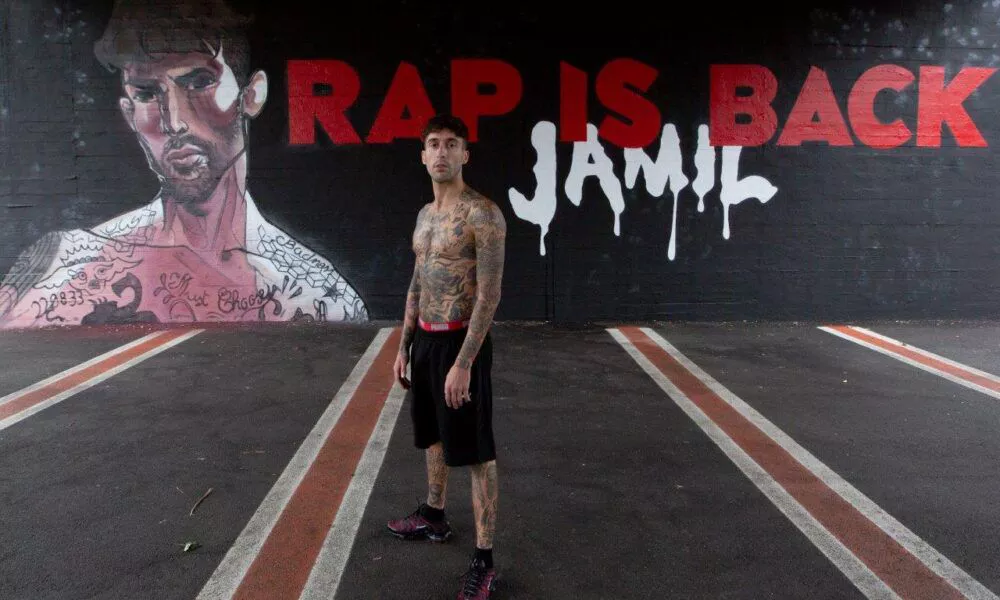Rap Music is an integral part of contemporary music culture. Its origins, characteristics, and evolution have made it a genre that resonates with people worldwide. In this article, we will delve deep into what makes up Rap Music, exploring its history, lyrical elements, musical components, and societal impact. From its roots in African traditions to its emergence in the Bronx in the 1970s, Rap Music has a rich and complex history that has shaped its unique identity.
Historical Roots of Rap Music
To understand what makes up Rap Music, it’s crucial to trace its historical roots. Rap Music finds its origins in the rich storytelling traditions of African culture. Griots, or oral historians, played a significant role in preserving and disseminating knowledge through storytelling and rhythmic chants. These traditions laid the foundation for the lyrical and storytelling aspects of rap music.
The Birth of Rap Music in the Bronx
Rap Music as we know it today began to take shape in the South Bronx during the 1970s. It was a response to the socio-economic challenges faced by African American and Latino communities. DJ Kool Herc is often credited with hosting the first hip-hop party in 1973, where he used two turntables to extend the instrumental breaks in songs. This technique, known as “breakbeats,” became a fundamental element of rap music, allowing MCs (Master of Ceremonies) to rhyme over the beats.
Lyrical Elements of Rap Music
One of the defining features of Rap Music is its lyrical prowess. Rap lyrics are a vehicle for artists to express their thoughts, emotions, and social commentary. The use of wordplay, metaphors, and storytelling is central to rap music. Artists craft intricate rhyme schemes and employ clever techniques to convey their messages effectively.
Exploring Rap Music’s Musical Components
Rap Music is not solely about lyrics; it also encompasses a diverse range of musical elements. The instrumental backdrop, known as the beat, sets the mood and rhythm for the song. Producers and beatmakers play a vital role in creating the sonic landscape of rap music. The beat can be as minimalistic as a drum machine or as elaborate as a symphonic orchestra.
The Role of Sampling in Rap Music
Sampling is a technique that has played a significant role in the evolution of Rap Music. It involves taking snippets of pre-existing music and incorporating them into new compositions. This practice has led to the creation of iconic beats and melodies in rap music. Sampling also connects rap music to its roots in African and African American music traditions, as it often draws from soul, funk, jazz, and blues.
Rap Music and Social Commentary
Beyond its musical and lyrical elements, Rap Music is a powerful platform for social commentary. Many rap songs address issues such as racism, inequality, poverty, and violence. Artists use their lyrics to shed light on these pressing societal concerns and advocate for change. Rap Music has the ability to inspire, provoke thought, and mobilize communities, making it a potent force for social change.
Rap Music’s Influence on Language and Culture
Rap Music has had a profound impact on language and culture. It has introduced new words, phrases, and slang into mainstream vocabulary. The influence of rap can be seen in advertising, fashion, and even politics. Artists like Tupac Shakur and Notorious B.I.G. are cultural icons whose impact extends far beyond the music industry.
The Global Reach of Rap Music
Rap Music is not confined to the United States; it has a global reach. Artists from around the world have embraced the genre, infusing it with their unique cultural elements and languages. This globalization of rap music has resulted in a diverse and vibrant tapestry of sounds and perspectives. From French hip-hop to South Korean rap, the genre continues to evolve and adapt to different cultural contexts.
The Evolution of Rap Music
Rap Music has evolved significantly since its inception. The “Golden Age” of rap in the 1980s and 1990s saw the rise of iconic artists like Run-D.M.C., Public Enemy, and N.W.A. These artists contributed to the development of the genre and its place in mainstream music. Over the years, rap has diversified into various subgenres, including gangsta rap, conscious rap, trap, and mumble rap, each with its own distinct characteristics and themes.
Rap Music and Controversy
Rap Music has not been without its share of controversy. It has faced criticism for its explicit lyrics, glorification of violence, and misogyny. At the same time, many argue that rap music is a reflection of the harsh realities faced by marginalized communities and serves as a form of artistic expression and catharsis. The debate over the societal impact of rap music continues to this day.
The Future of Rap Music
As we look to the future, Rap Music shows no signs of fading away. It remains a dynamic and influential genre that continues to shape popular culture. Emerging artists are pushing boundaries, experimenting with new sounds, and using technology to redefine what rap music can be. The fusion of rap with other genres, such as rock, electronic music, and R&B, is opening up exciting possibilities for the genre’s evolution.
Conclusion
In conclusion, Rap Music is a multifaceted genre that encompasses historical roots, lyrical elements, musical components, and social impact. Its journey from African traditions to the South Bronx and its global influence highlight its enduring significance in the world of music and culture. As Rap Music continues to evolve and adapt, it will undoubtedly remain a vibrant and influential force in the music industry and society at large.

